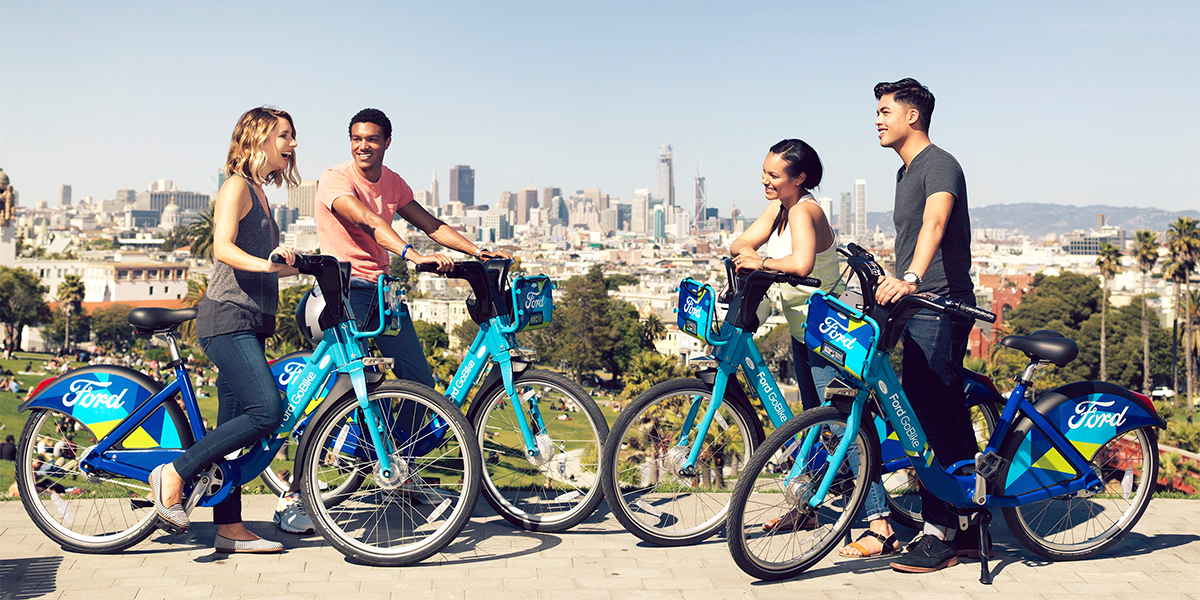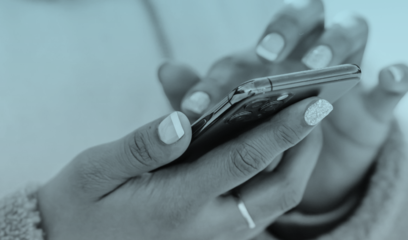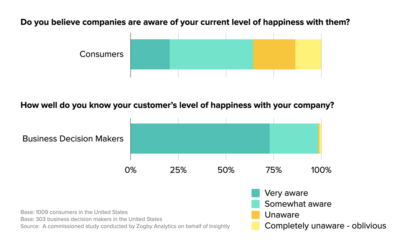I first read Gilmore & Pine’s The Experience Is the Marketing on a cross-country flight sometime around the year 2007. Their article was already several years old at that point, but their ideas made me want to jump out of my seat with joyful cheers:
“To be clear, we’re not talking about ‘experiential marketing’ — making your marketing promotions more experiential… We are talking about a fundamentally new way of attracting and retaining your customers through creating new experience offerings. It’s not about experience marketing, but rather marketing experiences.”
At the time, brands were starting to launch websites that didn’t just push messages about their products and services. Rather, they drew prospective customers to their offerings by serving up something of value, such as Tide’s advice on how to remove stubborn stains. I believed these new marketing efforts to be the death knell of traditional advertising. But a decade later, the archaic model of interrupting customers—as they watch TV, read magazines, drive down the road, or use their mobile apps—is still hanging on tight to brands’ pocketbooks.
This can’t last much longer.
In today’s world, a sea of screens and dwindling attention spans make it harder and harder to grab people’s interest and consideration. But there is a solution, and it harkens back to Gilmore and Pine:[inline-ctt]Organizations need to invest in marketing that’s actually a bona fide and valuable experience.[/inline-ctt]
Here are three brands getting this right in 2017:
Netflix
What experience do we love more than immersing ourselves in a captivating drama or sci fi adventure? Netflix understood prospective customers’ cravings for great TV and launched its investment in original programming with 2013’s House of Cards. The streaming media provider has since expanded to 15 shows, and the list is growing—as is its customer base. Netflix’s domestic and international customer base hovered around 20 million subscribers in 2012. In Q2 of this year, it tipped over the 100 million mark.
Ford
Bike sharing isn’t a new idea—but it’s rapidly expanding its reach in major cities around the world. My hometown of San Francisco is one of the latest to see racks of bikes popping up in neighborhood after neighborhood. Now, as I walk to my local grocery store, I see rows of Ford-branded bikes where parked cars used to sit. And while this is admittedly an interruption of my attention, my friends and I are drawn to use the bikes instead of our own cars (or services like Lyft) for jaunts around the city. In addition, my opinion of Ford has improved as the company positions itself as a champion of greener transportation options.
Capital One
Capital One acquired the experience design firm Adaptive Path several years ago, so it’s no surprise that the company is investing is experience-based marketing programs. Its Capital One Cafés now dot 18 US cities, offering up tasty beverages, power outlets, and meeting space to tourists and non-office-bound locals. Recently, Capital One piloted a free three-step money coaching service to its café customers, a move that earned the company a spot as a finalist in the 2017 Service Design Awards. The café and this new service provide immersive access to Capital One’s offerings in a way that actually provides value (financial and otherwise) to prospective customers.
So what’s your marketing plan? Will you continue to struggle to win impressions amongst an ever-growing cacophony of branded interruptions? Or will you follow the lead of these customer experience leaders and draw new customers to your products and services through experiences that they naturally seek out?
***
This post is part of the Customer Experience Professionals Association’s Blog Carnival “Celebrating Customer Experience.” It is part of a broader celebration of Customer Experience Day. Check out posts from other CX Day bloggers & learn more at CXDay.org.




